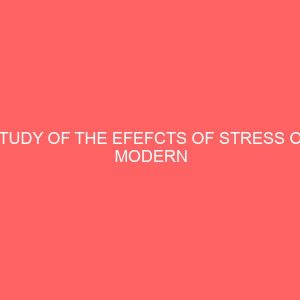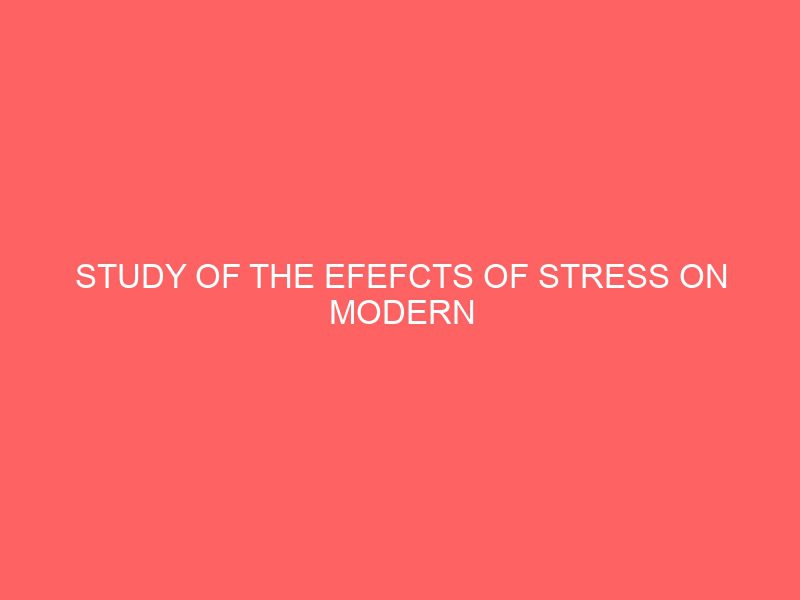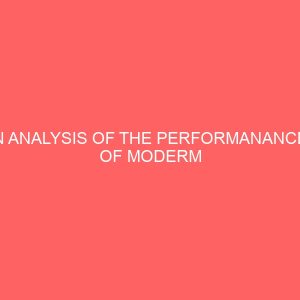Description
The main aim of this project work is to find out the causes of stress, its effects on modern secretaries and the possible solutions in NEPA zonal Headquarter Enugu.
In chapter two, the view of various writers that were related to the topic were stated and reviewed.
Questionnaire items were used to collect information from the respondents which were analyzed by simple percentages.
In chapter three, forty secretaries were selected and supervised and all of them returned their questionnaires which were distributed to them. Also, instrument used for data collection, method of data analysis and the sampling techniques all contained in this chapter.
Chapter four deals with the analysis and interpretation of results which were analyzed by simple percentages.
Finally, in chapter five, findings, conclusion, recommendations and references were included.
Title page
Approval page
Dedication
Acknowledgement
Abstract
Table of content.
CHAPTER ONE
INTRODUCTION
1.1 Background of the study
1.2 Statement of problems
1.3 Objective of the study
1.4 Significance of the study
1.5 Scope of the study
1.6 Research questions.
CHAPTER TWO
LITERATURE REVIEW.
2.1 Managing stress in an organization.
2.2 What does stress mean
2.3 Who is a secretary
2.4 Function of a secretary
2.5 Who is an under secretary
2.6 Sources of stress
2.7 Stress and body adaptation
2.8 Types of cognitive training
2.9 Social and management factors in stress
2.10 Prevention and remedy of stress
CHAPTER THREE
RESEARCH METHODOLOGY
3.1 Research design
3.2 Location and description of the case study
3.3 Instrument for data collection
3.4 Population of the study
3.5 Selection of sample
3.6 Validity of the instrument.
3.7 Reliability of instrument
3.8 Method of data analysis
3.9 Method of administration
CHAPTER FOUR
PRESENTATION, INTERPRETATION AND ANALYSIS OF DATA.
CHAPTER FIVE
DISCUSSION OF FINDINGS, CONCLUSION, IMPLICATION AND RECOMMENDATION
5.1 Discussion of findings
5.2 Conclusion
5.3 Implication
5.4 Recommendation
5.5 Suggestion for further research
5.6 Limitation of the study
References
Appendix 1
Appendix 2








Reviews
There are no reviews yet.